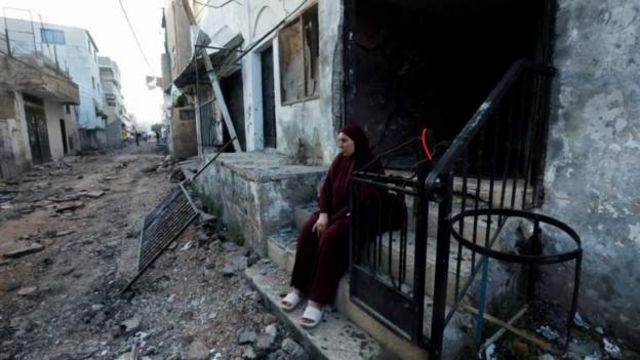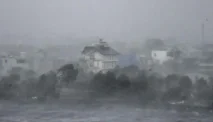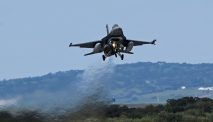Diksia.com - Israel’s massive offensive in the Jenin region of the West Bank has ended after two days.
“The operation has officially ended and the army has left the Jenin area,” an Israeli military spokesman told the BBC.
A total of 12 Palestinians and one Israeli soldier have reportedly been killed since Monday’s attack.
Israel has launched a large-scale military operation against the Jenin camp in the occupied West Bank.
They claim that their army is fighting against militant Palestinian groups.
But where is the Jenin camp and how big is its territory?
The refugee camp is located in the city of Jenin, north of the occupied West Bank.
This vast area is in the West Bank next to the Jordan River, which Israel captured from Jordan in the 1967 Six Day War.
Both countries, Israel and Palestine, claim the territory as their property. However, after decades of debate, the final status has yet to be determined.
Since 1995 Jenin has been under the control of the Palestinian Authority, which also occupies parts of the West Bank – not under direct Israeli rule.
But since then, the Israeli army has entered the camp several times to conduct security operations.
The camp consists of concrete buildings that were first constructed in the 1970s.
According to the United Nations Relief and Works Agency (UNRWA), 14,000 people live in the region. They live in an area of less than half a square kilometer.
According to UNRWA, Jenin camp has high levels of poverty and unemployment, particularly among young people.
This then leads to widespread feelings of dissatisfaction and frustration. Poverty and unemployment have also contributed to the rise in school dropout rates among children.
Violence in the city of Jenin and local camps has continued to escalate over the past week.
In an Israeli attack on Jenin on June 20, seven Palestinians were killed when a war helicopter was deployed.
The next day, two Hamas soldiers shot dead four Israelis at a gas station and restaurant near the settlement of Eli, 40 kilometers south of Jenin.
After the incident, hundreds of Israelis attacked homes and cars in the Palestinian city of Turmusaya. A Palestinian was shot dead during the fighting.
A week later, three Palestinian soldiers from Jenin were killed by an Israeli drone after they allegedly opened fire on a postal center near the city.
This latest attack is considered one of Israel’s largest military operations in the West Bank in recent years.
Hundreds of soldiers, supported by combat drones and armored bulldozers, are participating in what the Israeli government calls a “broad counterterrorism effort.”
They claim they are trying to stop making Jenin a “terrorist safe haven”.
However, Palestinian Prime Minister Mohammad Shtayyeh said the operation was “the latest attempt to destroy the camp and evacuate its residents”.
This camp is home to the Jenin Brigade.
The camp houses a concentration of fighters from various Palestinian militant groups, including Hamas and the Palestinian Islamic Jihad Brigade al-Quds.
According to the Israel Defense Forces (IDF), at least 420 armed soldiers are in the camp.
They operate on the ground and say they are part of the “fight” against Israel.
There is a new generation of Palestinian fighters in Jenin, says BBC diplomatic correspondent Paul Adams.
“These armed youths have never known the peace process,” he said. “You have no prospect of a diplomatic solution to the conflict.”
“They are really unsure of their own political leadership. That’s why they fight the [Israeli] occupation with their way of thinking.”
The Jenin camp was established in 1953 for Palestinians displaced by the 1948-49 war between Israeli and Arab forces when the new State of Israel was established.
At that time, the West Bank was still under Jordan. The area included refugees from the Jenin camp from Haifa, Nazareth and the surrounding areas that are now part of modern Israel.
After the Six-Day War in 1967, Jenin and the entire West Bank came under Israeli control and more refugees came to the Jenin camp.
The camp is one of 19 other refugee camps in the West Bank and is home to 200,000 people.
The Jenin camp became a focus of conflict during the second Palestinian counter-insurgency between 2000 and 2005.
The IDF captured the camp in 2002 after ten days of fighting known as the Battle of Jenin.
About 52 Palestinian soldiers and civilians and 23 Israeli soldiers were killed in the fighting.
More than 400 houses were destroyed and more than a quarter of the population lost their homes.






